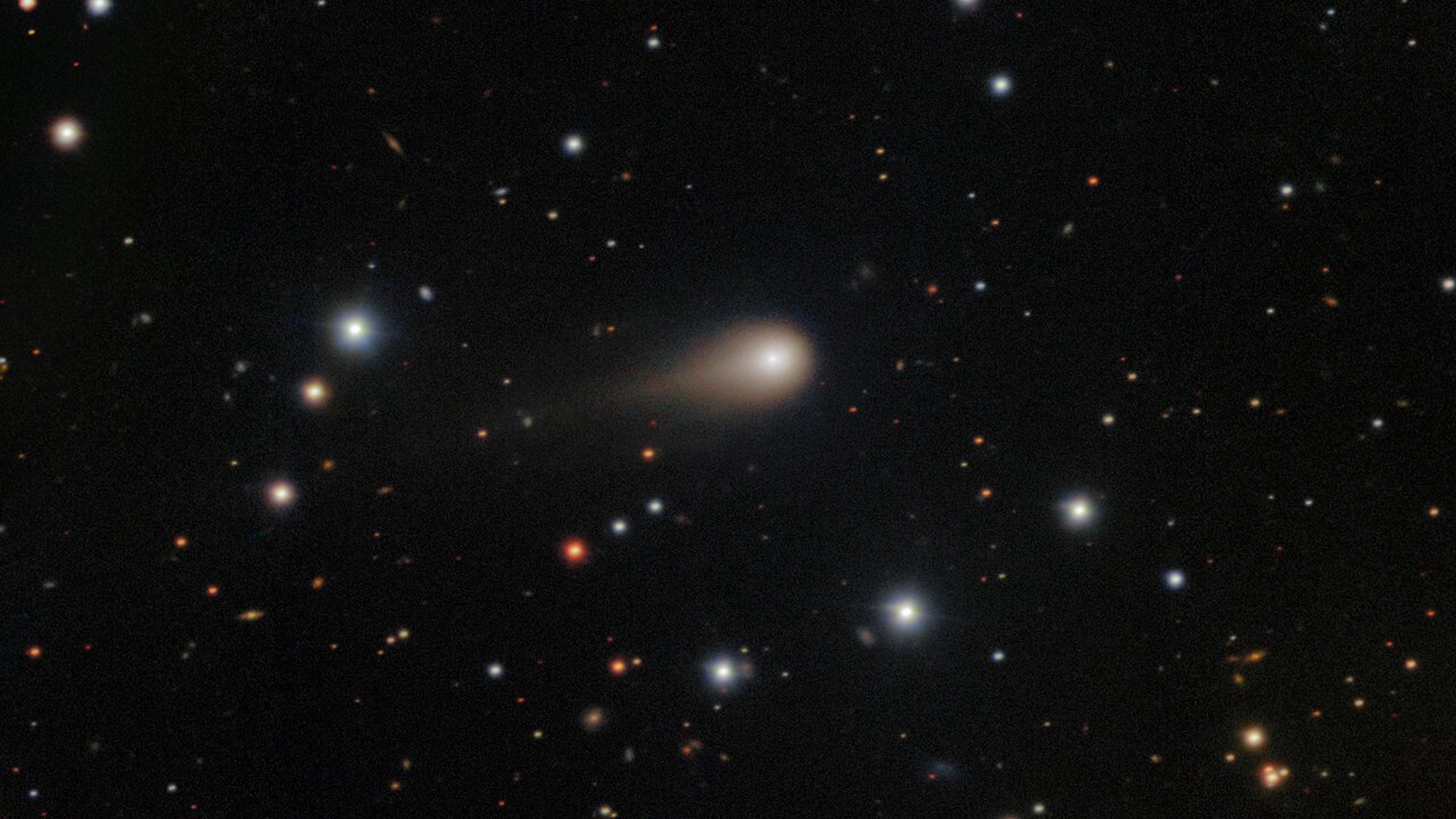simple facts
What is it: Interstellar comet 3I/ATLAS extending its tail
Location: Inside the solar system, heading towards Mars
Share date: September 4, 2025
Even as comets bright to the naked eye tear through Earth’s skies (cheers, Comet Lemon!), the solar system’s most famous object today is hidden behind the sun. It is the interstellar comet 3I/ATLAS.
you may like

I’ll miss my interstellar friend, but at least I’ll always have a photo of her. The image above, taken on August 27th by the National Science Foundation’s Gemini South Telescope in Chile, may be the clearest image we’ve ever obtained. As 3I/ATLAS approaches the Sun, radiation from the star heats the ice in the comet’s body (core), causing geysers of gas and dust to spew outward, forming a glowing plume (coma) around it. Radiation pressure from our star’s relentless solar wind forces this material into a long, prominent tail that tilts away from the Sun.
When 3I/ATLAS reaches perihelion this week, it will come within 1.4 astronomical units of the Sun, or 130 million miles (21000 kilometers) from the Sun, and could begin shedding gas in overdrive, according to NASA. When the comet becomes visible through telescopes again in early November, it may appear larger and brighter than when it was visible two months ago. Instruments on the ground, in orbit, and even on the way to Jupiter will also attract attention, and 3I/ATLAS will become an even bigger space celebrity as it moves away from our solar system forever.
Studying interstellar comets with all of humanity’s astronomical instruments could yield untold secrets about the outer reaches of our galaxy and its mysterious history. Until then, all we can do is wait, feeling the warm sunlight on our faces and knowing that there is a treasure trove of space information lurking behind the stars.
For more sublime space images, check out this week’s space photo archive.
Source link

